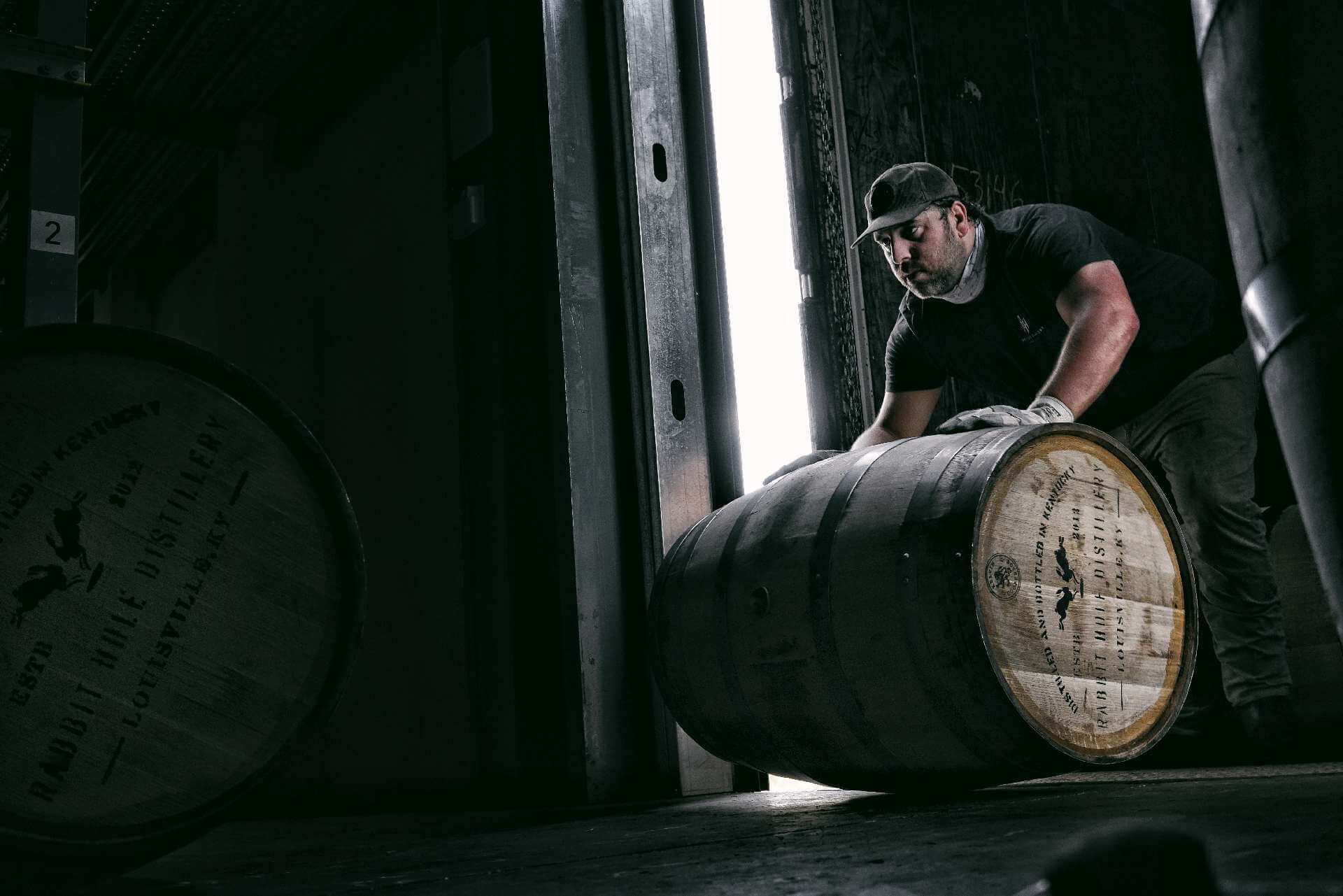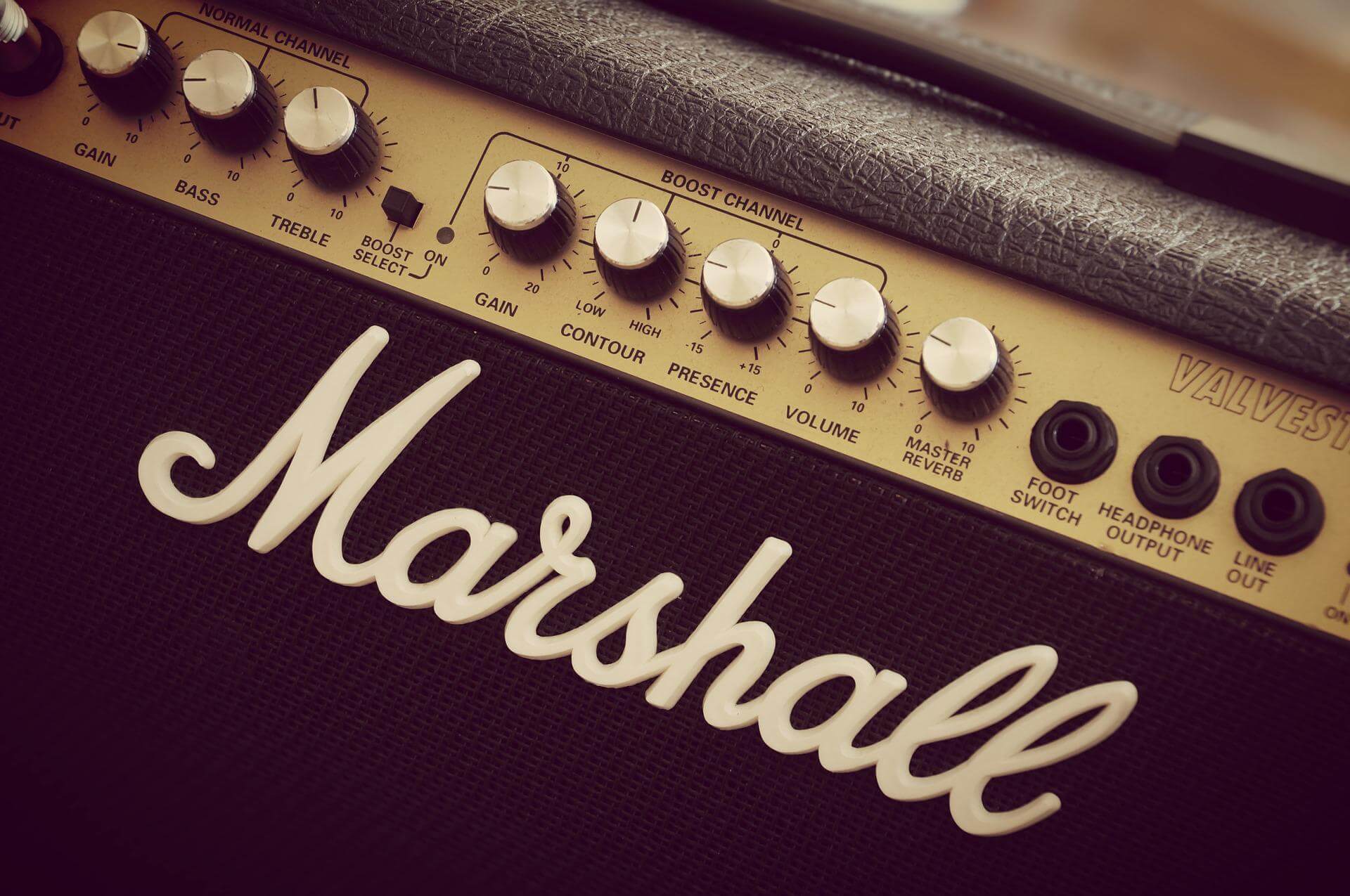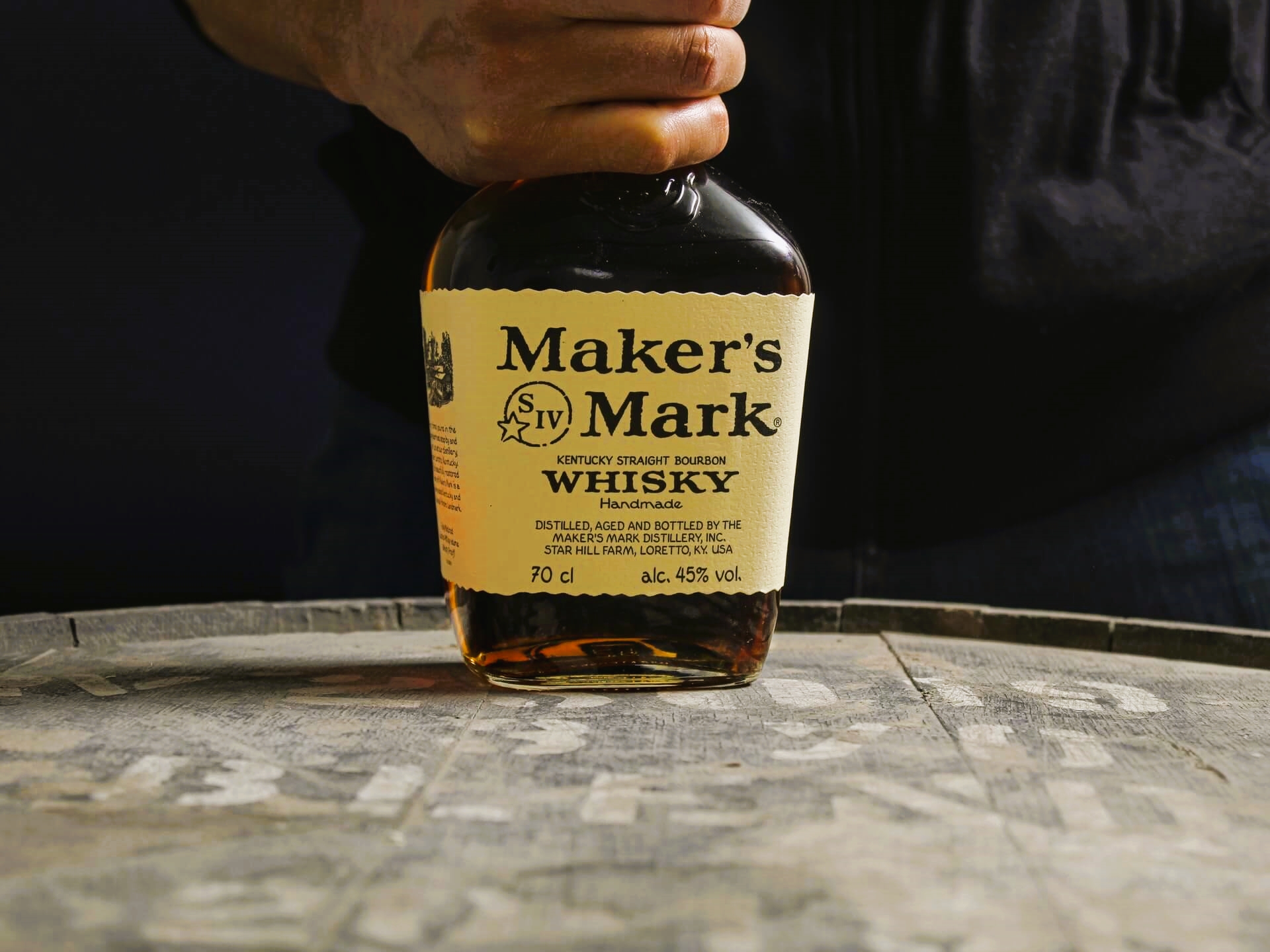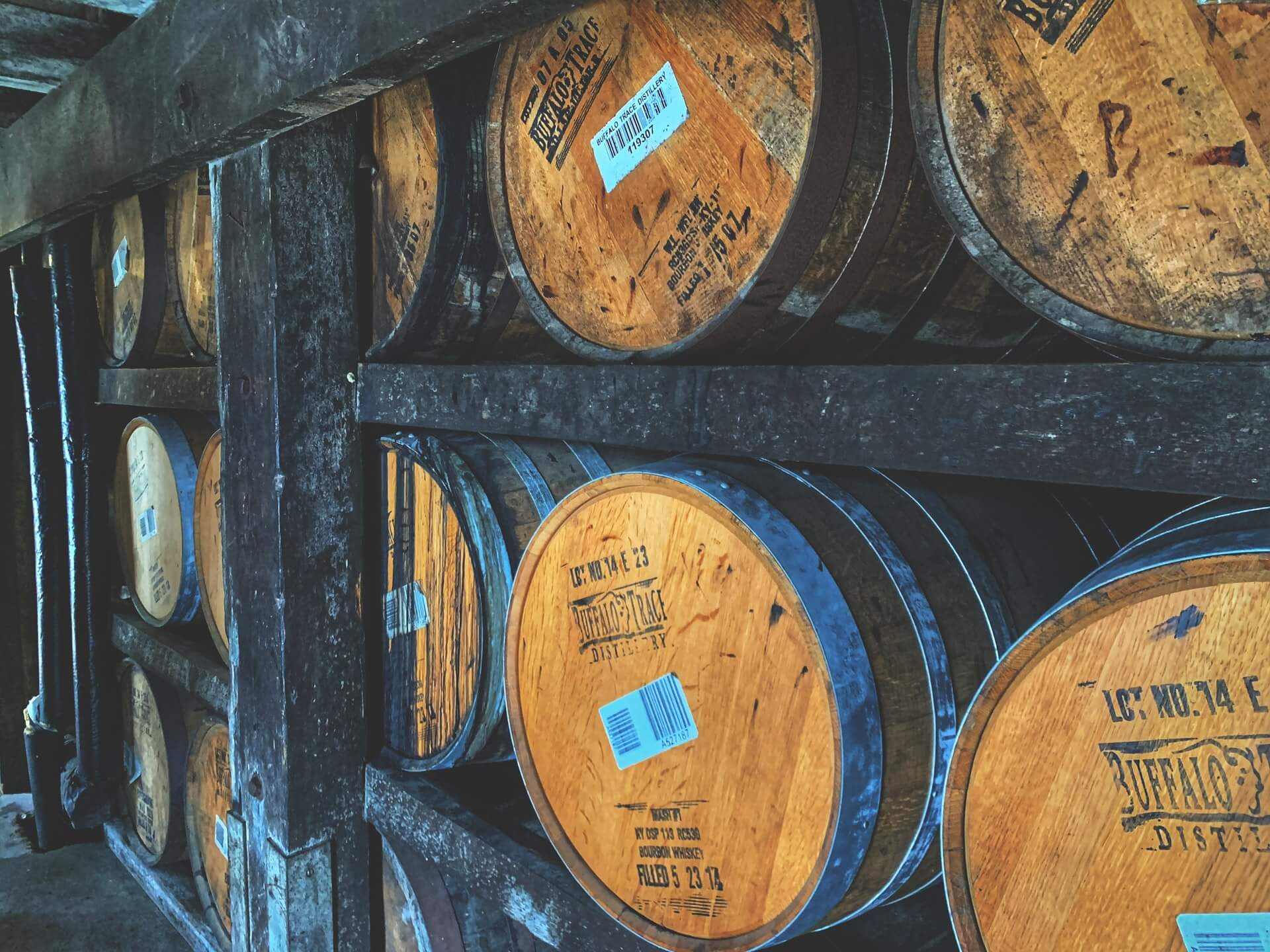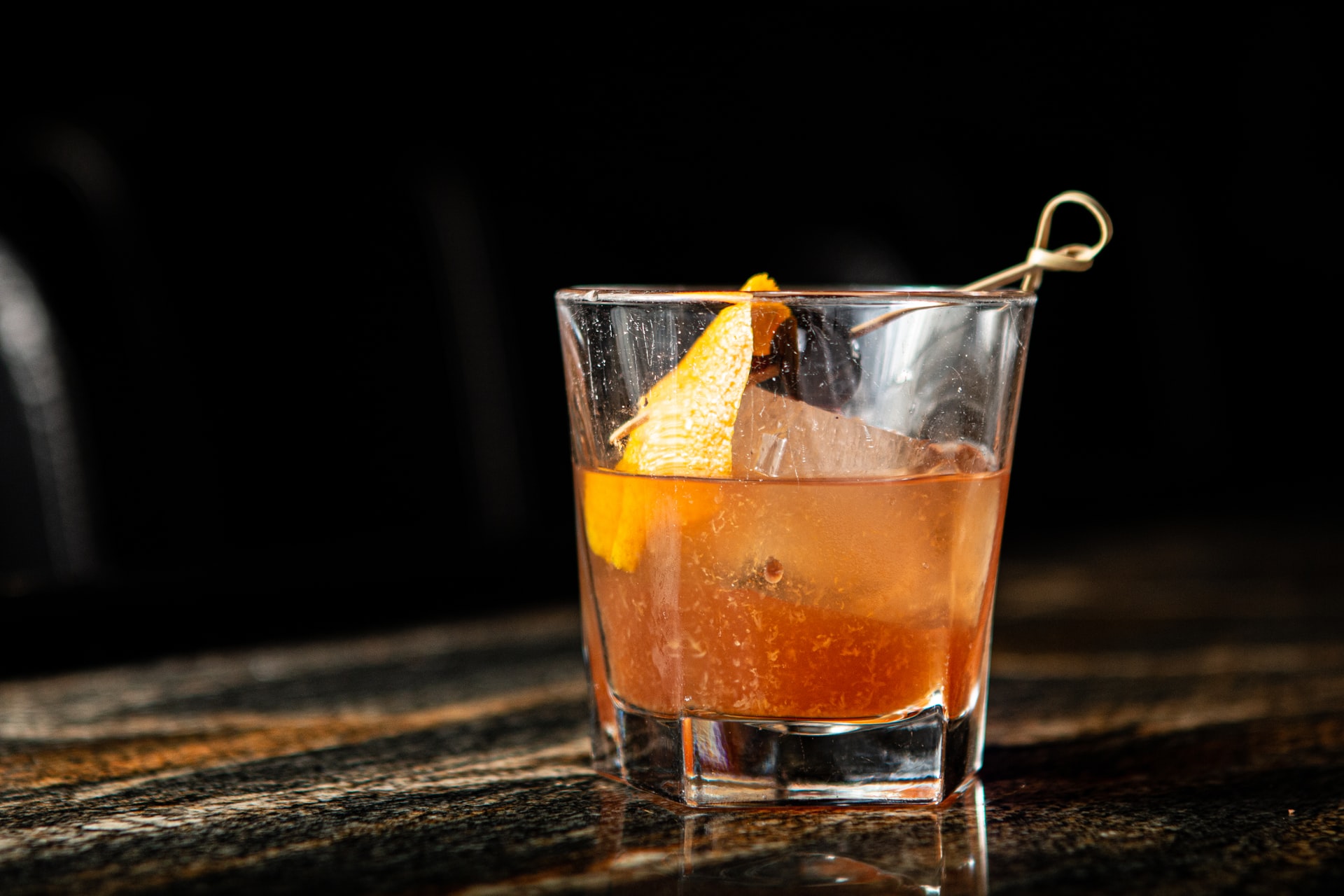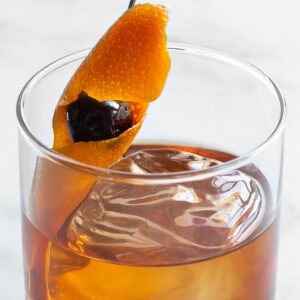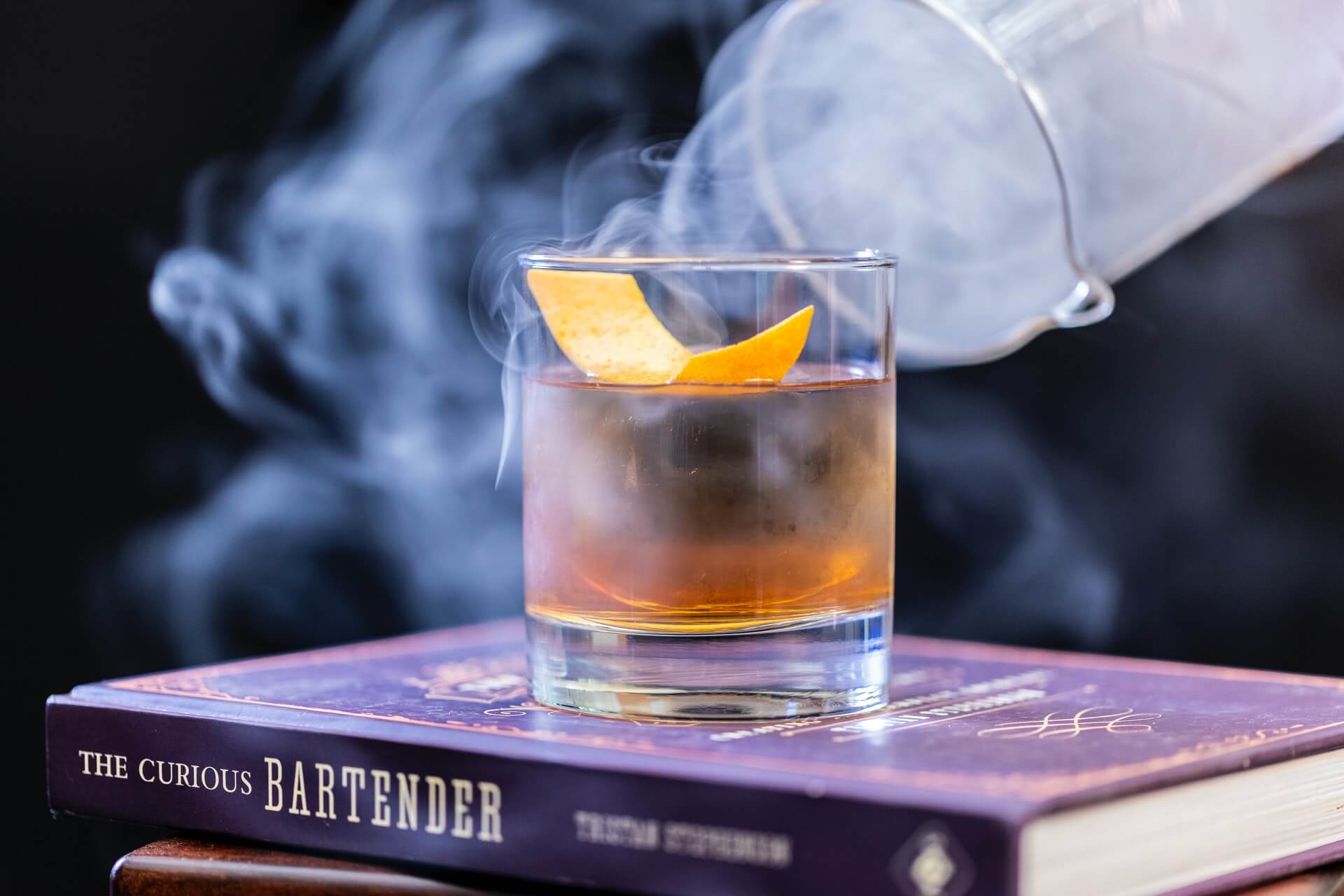8 Books to Read this Month: Tales of the Cocktail Edition
by David Klemt

This month’s engaging and informative book selections consist of the eight finalists from two of the 2022 Spirited Awards writing categories.
For your convenience, the award winner kicks off each category below. To review July’s book recommendations, click here.
Let’s jump in!
Best New Cocktail or Bartending Book
WINNER: The Japanese Art of the Cocktail
This is the first cocktail book written by Masahiro Urushido, the award-winning bartender from NYC’s Katana Kitten. After just one year with Urushido at the helm, Katana Kitten took home a 2019 Spirited Award. The Japanese Art of the Cocktail features 80 recipes and serves as a deep dive into a unique approach to cocktails and technique.
Death & Co: Welcome Home
The third book from Alex Day, Nick Fauchald, and David Kaplan, the team behind Death & Co., features more than 400 recipes. Now, while this book targets home bartenders, it’s also beneficial to bar professionals as it delves into the Death & Co. cocktail development program. Is that worth a $35 investment? Absolutely. Pick up Death & Co. Welcome Home today.
The Cocktail Seminars
As the story goes, author Brian D. Hoefling taught his fellow Yale students about cocktails and build techniques during his senior year. The Cocktail Seminars is a collection of five of Hoefling’s education seminars and spans 30 cocktail recipes. Along with technique, readers will learn about the history of cocktails, which they and their bar teams can leverage to engage with guests.
The Way of the Cocktail: Japanese Traditions, Techniques, and Recipes
The Way of the Cocktail comes from Julia Momosé, one of the minds behind Chicago cocktail destination Kumiko. From classics to new riffs, the recipes in this book are based on 24 micro-seasons.
Best New Book on Drinks Culture, History, or Spirits
WINNER: The Oxford Companion to Spirits and Cocktails
David Wondrich and Noah Rothbaum team up for likely the deepest dive into the role alcohol plays in human history. The Oxford Companion to Spirits and Cocktails is everything you ever wanted to know about fermentation, distillation, aging, cocktails, cocktail bars, and more. In addition to global techniques and processes, readers will be treated to illustrations, a guide to making drinks, and even a timeline of distillation and spirits.
Bourbon: The Story of Kentucky Whiskey
Clay Risen is considered an authority on spirits. In particular, he’s lauded as an expert on whiskey. Bourbon lovers will appreciate the Bourbon: The Story of Kentucky Whiskey box set for what it is: a definitive history of America’s native spirit. Along with profiles of Kentucky distillers, Risen has included interviews and photographs to tell the story of bourbon.
Drunk: How We Sipped, Danced, and Stumbled Our Way to Civilization
Edward Slingerland takes a look at not just the history of imbibing but what has motivated humans to catch a buzz with alcohol. Drunk goes far beyond anecdotes, myth and lore and uses science to address why alcohol is so important to so many people. More case study than well-spun yarn, Drunk is as entertaining as it is investigative.
Girly Drinks: A World History of Women and Alcohol
Written by Mallory O’Meara, Girly Drinks takes a hard look at the gendering of bars, brewing, distillation, and drinking culture. O’Meara also delves into the history and cultural importance of women bartenders like Ada Coleman, creator of the Hanky Panky.
“Filling a crucial gap in culinary history, O’Meara dismantles the long-standing patriarchal traditions at the heart of these very drinking cultures, in the hope that readers everywhere can look to each celebrated woman in this book—and proudly have what she’s having.”


